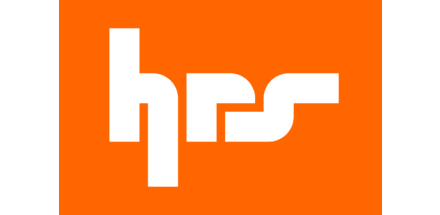Extension Thurgau Cantonal Bank
Bâtiments administratif et commerces
Bâtiments administratif et commerces
LOCATION/HISTORY
Numerous cantonal institutions have set up their headquarters in Weinfelden (TG). The future of the Thurgau Cantonal Bank (TKB) is also determined from its headquarters in Weinfelden, where TKB’s offices were spread over various locations because of lack of space. In order to reduce the number of locations in Weinfelden, TKB has built an extension right next to its headquarters; this is connected to the headquarters building via a skybridge. The new building is located at Freiestrasse 3 on the site of the former Krapf Opel Garage, which was built in 1954, and demolished for this purpose. After a construction period of around two years, the modern building with its striking glass façade opened in March 2017. Since then, TKB’s corporate, commercial and private banking clients have been meeting their contact persons in the extension building.
DESIGN/ARCHITECTURE
The office building consists of a five-storey glass cube. In addition to around 100 workstations, the new building houses several meeting rooms, an extensive customer area, a divisible conference hall that can seat a total of 190 people and visitor parking spaces. The basement has an underground car park with parking spaces for visitors. Internal work organisation, flexibility and logistics dictated strict specifications, which were formulated in a clearly structured material concept and with targeted spatial references to formulate a surprising concept for classic banking circumstances. The light-flooded rooms are designed to be bright, while white, grey and black predominate in the working areas.
From an architectural point of view, the building sets a new accent in urban planning. The glass cube of the new building is set on a concrete base and enclosed by a projecting mono-pitch roof. The conference room with a surrounding terrace is located beneath the roof. With this new building, TKB’s existing headquarters gains an unexpectedly modern addition that, with its minimalist design language and a few strong gestures, is prominently positioned without breaking away from the neighbourhood structure. This extension to the east leaves the orientation of the complex unchanged and, with its smooth glass façade, appears discreetly elegant. As an independent counterweight in terms of volume, the new building detaches itself from the existing structure, thereby subdividing the overall appearance. The office building was constructed using conventional in-situ concrete construction methods. The rear-ventilated glass façade consists of prefabricated double-layer elements. The outer layer was partly provided with outward-opening elements; the inner layer has fixed glazing with some casement elements. Sun protection is located between the inner and outer layers. The roof cladding and canopy were constructed using trapezoidal sheet metal structures and, for the most part, equipped with solar modules. The glass façade not only gives the building a modern look, but also acts as a heat regulator and ensures low energy consumption.
SPECIAL FEATURES
Restricted building site conditions on the heavily frequented cantonal road demanded the skilful coordination of logistics and construction process. The entire construction period took place during ongoing operation at the TKB. The bank’s supplies and its strict security standards were guaranteed throughout.
ENERGY CONCEPT/SUSTAINABILITY
The TKB extension conforms to the Minergie-P-Eco standard. Minergie-Eco supplements the Minergie building standards with the aspects of health and building ecology: for example, 50 per cent recycled concrete was used in the construction of the TKB extension. The double-layer glass façade described above serves as a heat regulator and supports the building’s low energy consumption. For the new building and adjoining headquarters, TKB has built its own energy centre for
CHF 2 million. Both buildings are heated by means of heat recovery from the groundwater, and a heat pump is used for cooling. The offices in the new building are equipped with a hybrid ceiling system that cools the concrete core by means of direct radiation and, together with cooling elements, activates the concrete core as a building storage mass. The same system also supplies the offices with warm air. A photovoltaic system on the roof of the extension building provides the power supply. The system has an output of 60 Kwh and was integrated into the mono-pitch roof, where it is barely visible.
 Accès membres
Accès membres

 Page précédente
Page précédente


